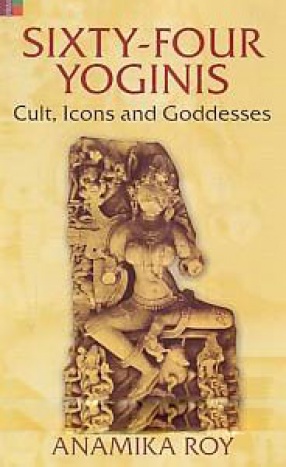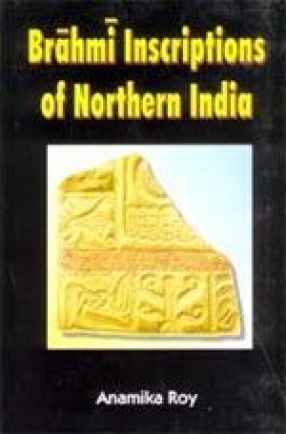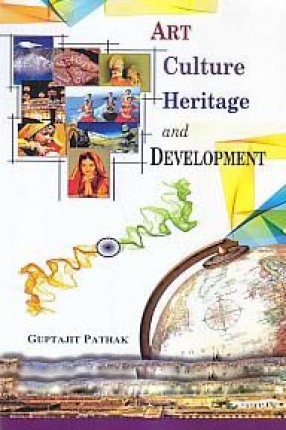
Amaravati Stupa (In 2 Volumes)
In stock
The book presents individual studies of the epigraphy, architecture and the sculpture of the Amaravati stupa followed by a comparative study of the evidence provided by each aspect. The epigraphic study throws light on the foundation of the stupa and its chronological development thereafter to become a Mahastupa. A comparative analysis of inscriptions from Bharhut to Sri Lanka provides us an insight into the circumstances which led to the development of the script. This study has tried to understand the nature and causes of the development of the mature and late Amaravati styles, when the art flourished independently. The book suggests that besides such features as an aesthetic urge, political stability, Indo-Roman trade and socio-economic circumstances, different sects of Buddhism made a substantial contribution towards this artistic flowering. It traces the different stages of growth of the stupa and also provides an analysis of their relationship to subsequent embellishment with relief sculptures and inscriptions. It also presents and analysis of some distinct architectural features of the Mahacaitya. The conclusion is based on the testimony of all three aspects. It analyses what may have been the reason for harmony, disharmony, embellishment and modification through the ages. The book also provides a list of the inscriptions scattered in the different museums alongwith their museum numbers with a reference to the previous publications. The plates appended to the work are reproductions of the museum objects some of which had not been noticed earlier.






There are no reviews yet.